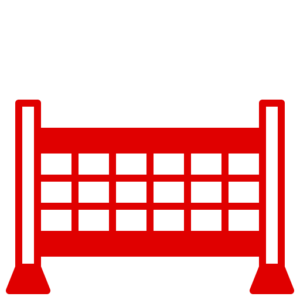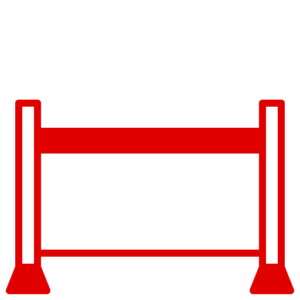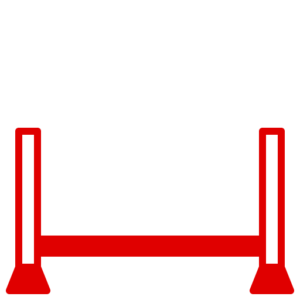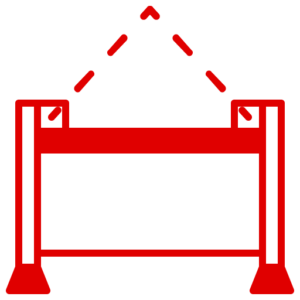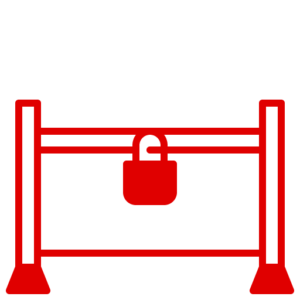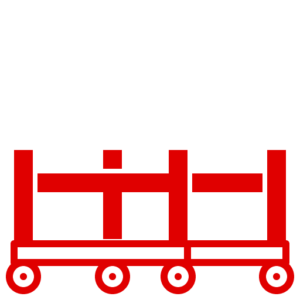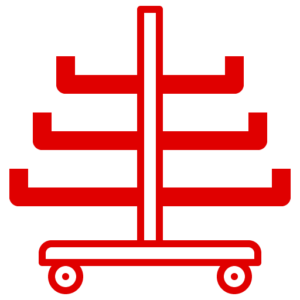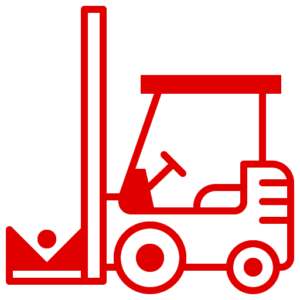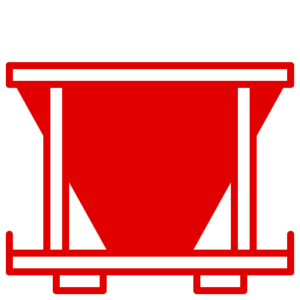News
Stillages and LOLER’s Influence on Their Design: A Deep Dive into Safety and Compliance.
In the world of lifting operations, one element that plays a significant role yet often stays behind the scenes is the humble stillage. A key player in logistics and storage, the stillage ensures the safe and efficient movement and storage of goods. However, to play this role effectively, it must adhere to stringent design standards, chiefly governed by the Lifting Operations and Lifting Equipment Regulations (LOLER). At Lowe Stillages and Cages, we recognise the critical role of these regulations and adhere to them meticulously to ensure the highest standards of safety and functionality in our products.
LOLER requirements significantly influence the design of stillages, laying the groundwork for their safety, durability, and effectiveness in lifting operations. We’ve compiled five key considerations in stillage design that arise from LOLER regulations.
Load Capacity Considerations
LOLER regulations mandate that stillages have a clear and defined load capacity. This means the stillage’s design and construction must safely support intended loads, accounting for factors such as weight distribution, structural integrity, and compatibility with the lifting equipment.
Structural Integrity
Emphasising the importance of robust structural integrity, LOLER requires that stillages – like any lifting equipment – be resilient. The choice of material, the quality of welds, and the inclusion of structural reinforcements are essential design considerations to ensure the stillage can withstand anticipated loads and operational stresses.
Safety Features
LOLER’s influence extends to the integration of safety features in the design of stillages. This may involve mechanisms for secure locking, prevention of accidental load release, and safe stacking, lifting, and handling of the stillages. The goal is to minimise potential risks during operations, keeping the workforce and payload safe.
Stability and Balance
Under LOLER, stillages must also ensure stability and balance during lifting operations. This necessitates careful design considerations, including the centre of gravity, weight distribution, and dimensions of the stillages. These factors are crucial to prevent tipping or toppling during lifting or stacking.
Compatibility with Lifting Equipment
Finally, LOLER mandates compatibility between the stillages and the lifting equipment used. The design should allow secure attachment to the lifting equipment, ensuring proper engagement and safe handling during lifting and transportation.
Incorporating these considerations into the design of stillages helps ensure compliance with LOLER requirements and enhances their safety and functionality during lifting operations. This is a testament to the power of effective regulation – not as a burden, but as a driving force for safety and innovation in design. At Lowe Stillages and Cages, we are committed to upholding these standards, engaging qualified professionals in the design process to meet LOLER requirements effectively.

